What are the performance differences between aluminum nitride ceramics and silicon nitride ceramics
Aluminum nitride ceramics and silicon nitride ceramics, as two important ceramic materials, have been widely used in multiple fields due to their unique properties. They have significant differences in thermal conductivity, mechanical strength, application range, and preparation cost.
1、 Thermal conductivity
Aluminum nitride ceramics are known for their high thermal conductivity. The thermal conductivity of polycrystalline aluminum nitride (AIN) can reach 260W/(m · K), even close to 320W/(m · K), which is more than 5 times that of aluminum oxide (Al2O3). This makes aluminum nitride ceramics an ideal heat dissipation material, particularly suitable for the heat dissipation needs of high-power devices. In contrast, the thermal conductivity of silicon nitride ceramics is generally between 75-80 W/(m · K). Although it also has high thermal conductivity, there is still a certain gap compared to aluminum nitride ceramics.
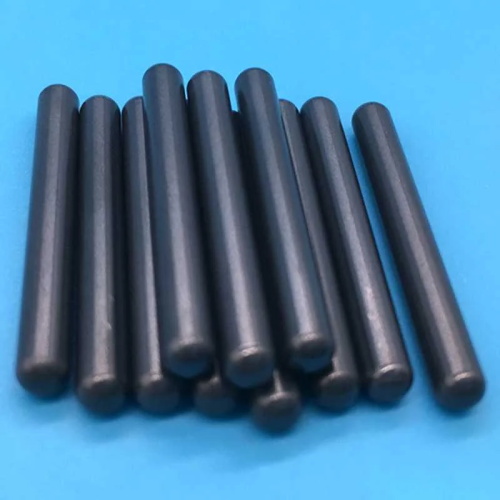
2、 Mechanical strength
In terms of mechanical strength, silicon nitride ceramics exhibit superior performance. The bending strength of silicon nitride ceramics usually reaches 800 MPa or even higher, with high strength and toughness. This enables silicon nitride ceramics to remain stable in high stress environments and is less prone to fracture or damage. Although aluminum nitride ceramics also have high mechanical strength, their bending strength is generally around 450MPa, which is slightly fragile compared to silicon nitride ceramics. In addition, the thermal shock life of silicon nitride ceramics can reach more than 5000 times, while aluminum nitride ceramics only have about a hundred times, with an order of magnitude difference between the two.
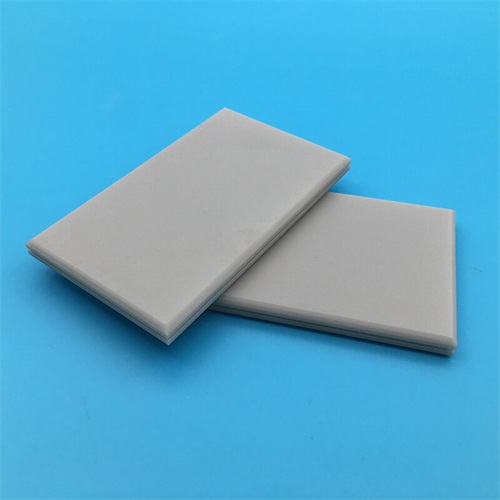
3、 Application scope
Due to the differences in performance between aluminum nitride ceramics and silicon nitride ceramics, their applications in different fields also have their own focuses. Aluminum nitride ceramics are widely used as ideal materials for electronic packaging due to their high thermal conductivity, especially playing an important role in power semiconductor devices, large-scale integrated circuits, high-power LED packaging substrates, and laser heat sink substrates. Meanwhile, aluminum nitride ceramics are also used to manufacture high-temperature and corrosion-resistant components such as crucibles, protective tubes, and casting molds due to their excellent resistance to high temperatures and corrosion.
Silicon nitride ceramics have been widely used in aerospace, military, mechanical engineering, communication, electronics, automotive, energy, chemical and biological fields due to their high strength, high toughness, and good wear resistance. Especially in the field of high-temperature structural ceramics, silicon nitride ceramics are one of the new materials with the best comprehensive performance and the greatest potential for application. It can be used to manufacture high-precision and high demand components such as turbine parts, bearing balls, mechanical seal rings, etc.
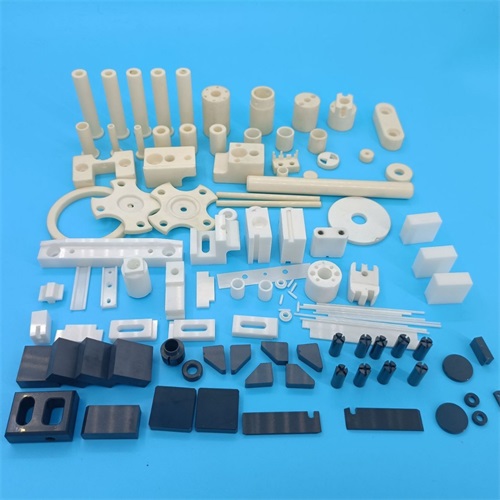
4、 Preparation cost
In terms of preparation cost, silicon nitride ceramics are usually higher than aluminum nitride ceramics. This is mainly because the core material cost of silicon nitride ceramics is relatively high, and its preparation process is relatively complex. The preparation process of silicon nitride ceramics requires precise control of factors such as sintering temperature and atmosphere to ensure the quality and performance of the product. Although aluminum nitride ceramics also have certain preparation difficulties, their cost is relatively lower.
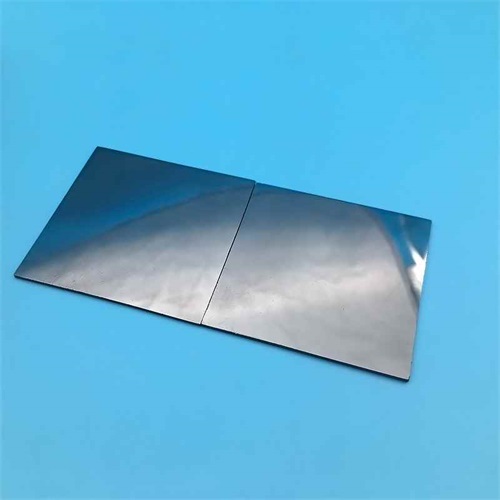
5、 Other performance
In addition to the main performance differences mentioned above, there are also some differences between aluminum nitride ceramics and silicon nitride ceramics in other aspects. For example, the thermal expansion coefficient of aluminum nitride ceramics matches that of materials such as silicon and gallium arsenide, which helps reduce thermal stress caused by mismatched thermal expansion coefficients. Silicon nitride ceramics, on the other hand, have a lower coefficient of thermal expansion and higher oxidation resistance, which allows them to remain stable in high-temperature environments.
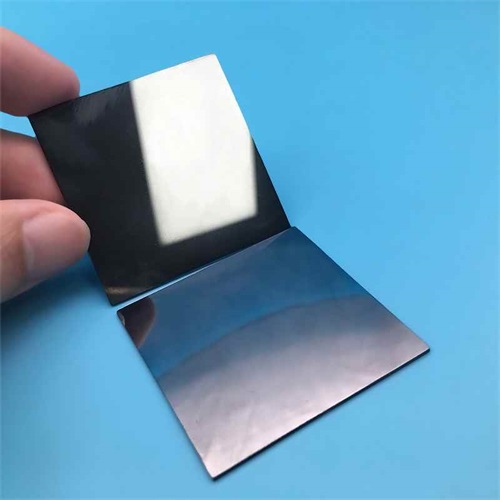
In addition, aluminum nitride ceramics also have good electrical properties, such as high resistivity, low dielectric constant, and loss, which make them excellent insulation materials. Silicon nitride ceramics have excellent chemical stability and wear resistance due to their unique covalent bond structure.
There are significant differences between aluminum nitride ceramics and silicon nitride ceramics in terms of thermal conductivity, mechanical strength, application range, and preparation cost. These differences enable them to showcase their strengths in different application fields and make important contributions to the development of modern industry and technology.
PREVIOUS:What material does silicon nitride ceramic belong to
CATEGORIES
LATEST NEWS
- What are the mechanical pro...
- Thermal properties of zirco...
- What properties should be c...
- What are the mechanical pro...
- What are the main advantage...
- What is Macor processable g...
- The material properties and...
- The reason for the high pri...
- What are the preparation me...
- Why modify aluminum nitride...
